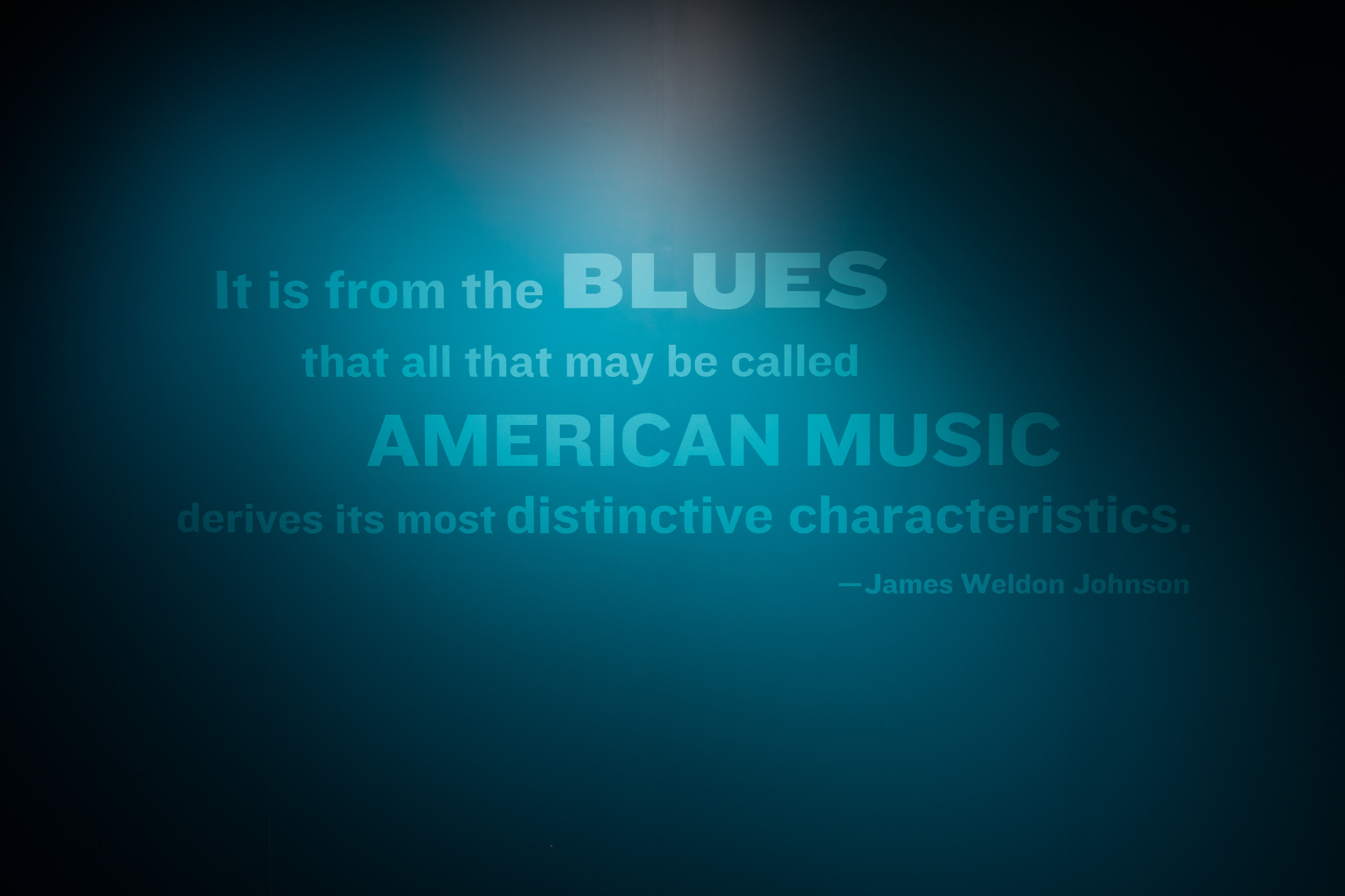Music, at its essence, is what gives us memories. – Stevie Wonder
Musical memories run deep in Missouri where African American musicians have not just influenced the musical tapestry of America; in many ways, they wove it.

John William “Blind” Boone was, perhaps, Missouri’s first musical superstar, overcoming poverty, disability and racism to become a nationally known composer and musician. Born to a contraband slave in Civil War Missouri and blind almost from birth, Boone was a musical prodigy who could play nearly every instrument, although piano was his favorite. He composed and performed music that blended classical, Negro spirituals and African American folk music – a combination that opened the way for ragtime, jazz, boogie-woogie and much more. His legacy lives on in Columbia, where his home still stands.
Speaking of ragtime, it was born here – not just in America but right here in Missouri, in the African American communities of St. Louis in the 1890s. It was the perfect soundtrack for its era: upbeat, enthusiastic, sure to set your toes tapping. Scott Joplin, “The King of Ragtime,” composed his most famous work, “Maple Leaf Rag,” while living in Sedalia and “The Entertainer” during his time in St. Louis. The Scott Joplin House State Historic Site in St. Louis pays homage to his legacy.

The blues was a type of music that sang of life – the good parts and the bad parts. And when it arrived in St. Louis, it stayed. One of the top blues tunes of all time, W.C. Handy’s “St. Louis Blues” was inspired by hard times he faced, sleeping on the city’s cobblestones along the banks of the river. Explore the genre at the National Blues Museum, which includes memorabilia from the late rock icon Chuck Berry – a St. Louisan born and bred – who once said: “I would sing the blues if I had the blues.” His role in the history of rock-and-roll is celebrated at the Duck Room at Blueberry Hill, decorated with photos of Berry doing the Duck Walk and featuring live music several nights a week.
In the 1920s, on the other side of the state, the music was all about jazz: energetic and uninhibited. As we like to say here in the Show-Me State, “jazz may have been born in the south, but it was raised in Kansas City.” The 18thand Vine district downtown became internationally known as one of the cradles of jazz music, where with help from Count Basie and Kansas City native Charlie Parker, America’s music found its wings and Prohibition gave birth to “The Jazz Age.” The area continues to flourish, hosting the American Jazz Museum and a variety of performing venues.
Poet Langston Hughes – another native-born Missourian – wrote: “Let life be like music.” You’ll find plenty of both in the Show-Me State.
Written by Barb Brueggeman

